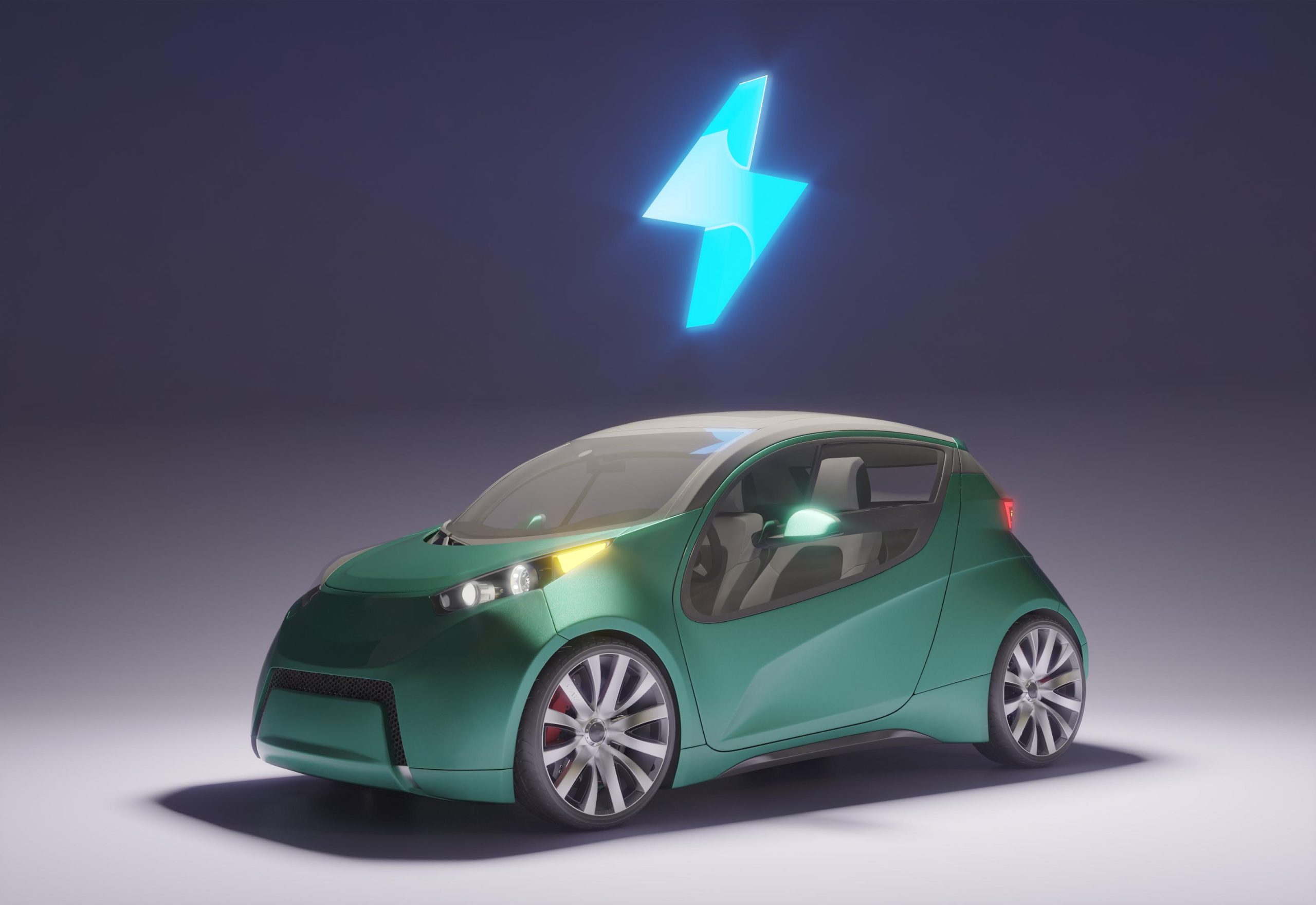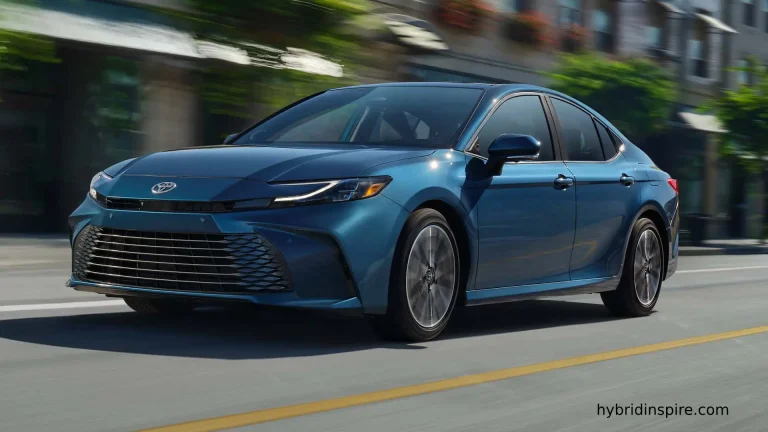Electric Utility Vehicle Revolution: 13 Powerful Reasons They’re Taking Over

Table of Contents
Introduction to Electric Utility Vehicles
Electric utility vehicles (EUVs) are making headlines for all the right reasons. From reducing pollution to saving money, these modern workhorses are transforming how industries, campuses, farms, and even city services operate. The electric utility vehicle revolution is not just a trend—it’s a massive shift toward sustainability and innovation. As fuel prices rise and environmental concerns grow, EUVs present a compelling solution that aligns with both ecological and economic needs.
1. What Is an Electric Utility Vehicle (EUV)?
An electric utility vehicle is a small-to-mid-sized, battery-powered vehicle designed for work-related tasks across various sectors. They differ from passenger EVs in that they’re built primarily for functionality over luxury—think hauling, transporting tools or equipment, and navigating tight indoor or off-road spaces.
Common types of EUVs include:
- Electric carts
- Compact cargo vans
- Mini trucks
- Off-road buggies
These vehicles are versatile and used widely in schools, resorts, farms, factories, and municipalities. Their functionality makes them essential to organizations looking to improve efficiency while reducing their carbon footprint.
2. Environmental Impact of EUVs
Reduction in Carbon Emissions
One of the most powerful reasons to switch to EUVs is their contribution to lowering greenhouse gases. Unlike internal combustion engines (ICEs), EUVs operate without tailpipe emissions.
A study by the International Energy Agency (IEA) confirms that replacing fossil-fuel vehicles with electric alternatives can reduce CO₂ emissions by over 40% per vehicle.
Cleaner Urban Environments
EUVs help improve air quality in densely populated areas, particularly in campuses, warehouses, and city centers. By reducing local emissions, they lower the risk of respiratory illnesses caused by pollutants like nitrogen oxide (NOx) and particulate matter.
3. Cost Savings Over Time
Although electric utility vehicles may come with a higher initial price tag, their lifetime operating costs are significantly lower than traditional vehicles.
Here’s how:
- Electricity is cheaper than gasoline/diesel.
- No oil changes, fewer moving parts = less maintenance.
- Longer lifespan of electric motors.
In fact, businesses report saving up to 50% in operating costs after transitioning to EUVs.
4. Maintenance Made Easy
Traditional vehicles require regular oil changes, timing belt replacements, exhaust repairs, and more. In contrast, EUVs are built with fewer mechanical components, which means fewer things can break.
Typical EUV maintenance involves:
- Checking battery health
- Tire rotations
- Brake pad inspections
This simplicity not only reduces downtime but also saves money on labor and parts.
5. EUVs in Agriculture
Farmers are increasingly adopting electric utility vehicles for tasks like:
- Transporting feed
- Towing light trailers
- Navigating fields quietly without disturbing livestock
Their low noise levels and zero emissions make them ideal for sensitive environments. EUVs can also operate indoors—such as in barns or greenhouses—without ventilation concerns.
6. EUVs in Campus and Facility Operations
Universities, airports, amusement parks, and manufacturing plants are all investing in EUVs for transportation and maintenance tasks.
Benefits include:
- Quiet operations
- Maneuverability in crowded areas
- Low operating cost for fleets
Large campuses often deploy entire fleets of EUVs to cover distances efficiently and sustainably.
7. Advancements in Battery Technology
Battery tech has come a long way. New lithium-ion and solid-state batteries allow EUVs to:
- Go further per charge (up to 100+ miles)
- Charge faster
- Last longer (8-10 years of battery life)
Ongoing research is focused on increasing energy density and reducing weight, which will make future EUVs even more powerful.
8. EUV Charging Infrastructure
Public vs Private Charging Stations
Businesses and institutions are installing private charging stations to accommodate growing EUV fleets. Meanwhile, public EV infrastructure—once limited to highway corridors—is expanding into urban and rural areas alike.
The U.S. Department of Energy offers a searchable database of public charging stations here.
9. Government Incentives & Policies
Many governments offer incentives to encourage the adoption of electric vehicles:
- Tax rebates
- Grants for charging infrastructure
- Reduced vehicle registration fees
In the U.S., businesses may qualify for the Commercial Clean Vehicle Tax Credit—up to $7,500 per EUV, depending on battery size.
10. Noise Reduction Benefits
EUVs operate almost silently, which is a massive plus in areas like:
- Hospitals
- Resorts
- Schools
- Zoos
Less noise leads to improved comfort and communication in workplaces—and fewer disturbances for guests and animals.
11. EUV Safety Features
Modern EUVs aren’t just efficient—they’re safe, too.
Top features include:
- Regenerative braking
- Speed limiters
- Seatbelt reminders
- Rearview cameras
- Roll-over protection systems
Manufacturers are working hard to match the safety standards of traditional vehicles while maintaining EUV-specific advantages.
12. The Growing Commercial EUV Market
Major automakers like Ford, Polaris, and Club Car are releasing EUV models tailored to businesses, with custom bed sizes, tool racks, and power outlets.
From last-mile delivery to on-site logistics, commercial EUVs are gaining traction rapidly—especially in sectors like:
- Logistics
- Hospitality
- Landscaping
13. Future Outlook and Innovations in EUVs
The future of EUVs looks electric—literally. Innovations on the horizon include:
- Solar-assisted EUVs
- Autonomous electric utility carts
- Swappable battery systems
- AI-powered fleet management
As technology matures and global emissions targets become stricter, EUVs are poised to become mainstream in nearly every industry.
FAQs
1.What is the average range of an EUV?
Most EUVs offer between 30 to 100 miles per charge, depending on the model and usage. Advanced lithium batteries provide extended range.
2.Are electric utility vehicles street legal?
Some EUVs are Low-Speed Vehicles (LSVs) and can be driven on roads with speed limits under 35 mph, provided they meet local regulations.
3.How long does it take to charge an EUV?
Charging times vary by battery size and charger type. Most EUVs take 4–8 hours to charge fully with standard chargers, or 1–2 hours with fast chargers.
4.Can EUVs tow or haul loads?
Yes! Many EUVs are designed to tow light trailers or carry cargo beds weighing up to 1,000 lbs. Always check the model’s specifications.
5.Are there any tax benefits for purchasing EUVs?
Yes. Many countries offer tax credits or deductions for purchasing electric utility vehicles—especially for commercial use.
6.How long do EUV batteries last?
Most modern EUV batteries last 8 to 10 years, depending on use and maintenance. Battery warranties typically cover 5+ years.
Conclusion
The electric utility vehicle revolution is here to stay. From reducing emissions to saving money, EUVs offer a smarter, cleaner, and more efficient way to power industries and communities alike. With supportive policies, expanding infrastructure, and rapid technological advancements, now is the perfect time to consider adding EUVs to your fleet or facility.
More Details : FORTUNE Business Insight
Related: Future Autonomous Drive







